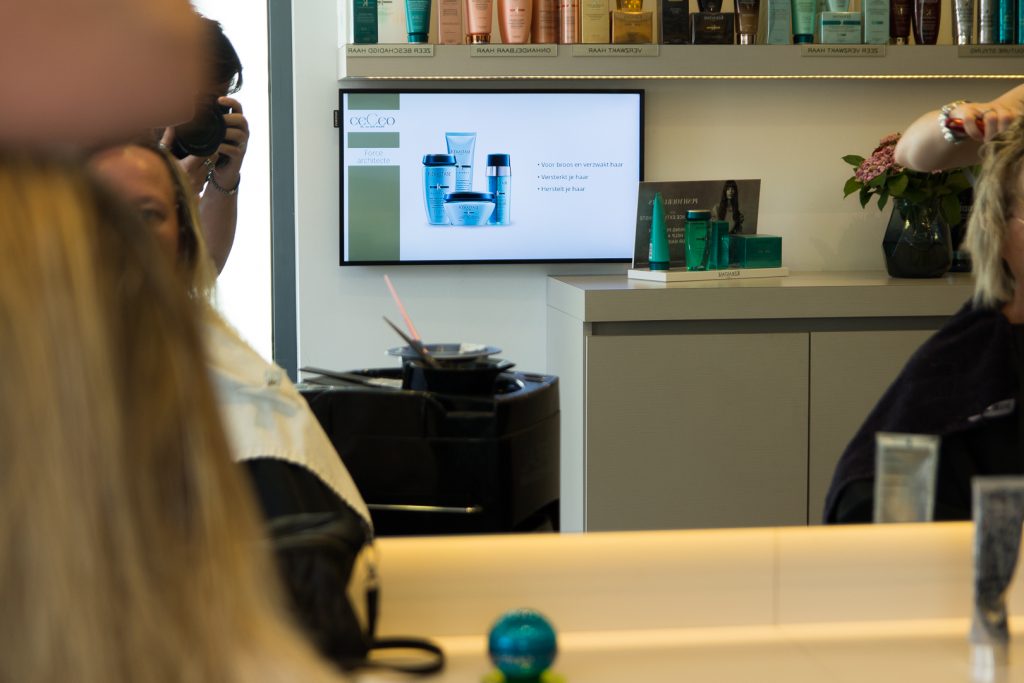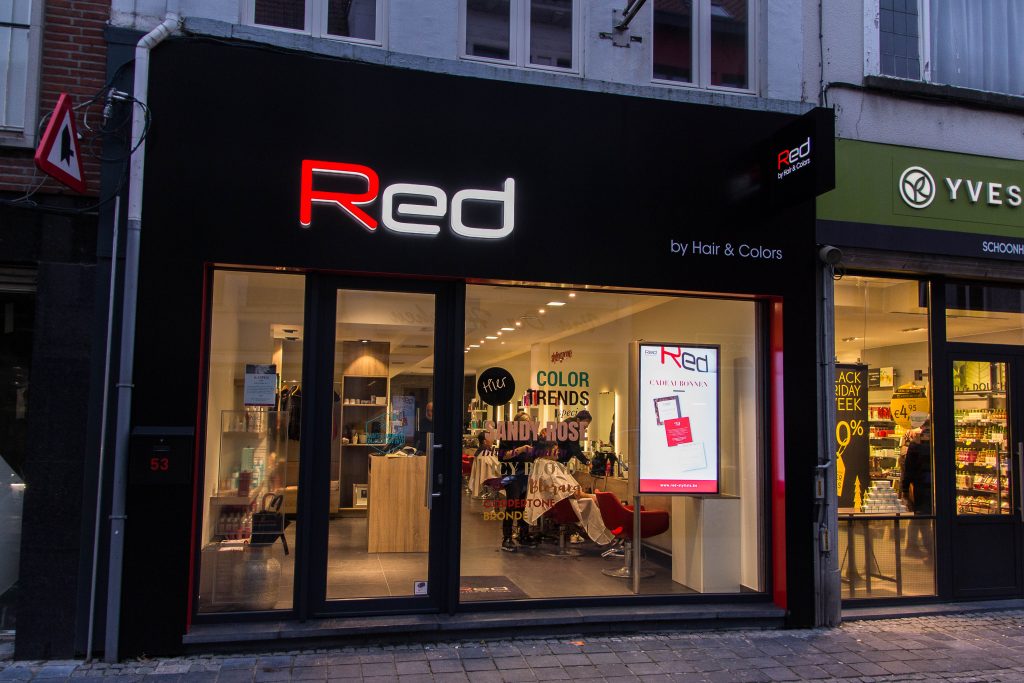ODE TO THE SENSORY: Watching
By Bruno Hancké – Managing Director THISPLAYS2
In the last blog, I talked about the effects of the right background music in the shop or in the hairdresser’s salon. You can read this blog post at www.groevy.com.
Today, we will be looking at another sensory perception, watching, and how we can efficiently combine watching with technology through the means of screen communication.
Screen communication is not at all new: who doesn’t know about the big LED signs in Piccadilly Circus in London or in Times Square in New York. As a child, I even remembered those big, massive TV displays above the cash registers at Makro, which were supposed to make visitors want to eat vol-au-vent in the Makro restaurant. We communicate a lot through screens nowadays, from the smartphone, the tablet, the laptop. Today, information is mainly stored in the brain via video. Screen communication is also no longer a ‘rocket science’, not at all. But it’s all in the details if you want to do it right, and actually have an impact.
500
The very first step is a classic: the objective. What do I want to achieve with my screen? What problem would I like to solve, or at least want to solve? If I want to create more visibility for passers-by on the street, a shop-window screen is a good idea. Do I want to inspire customers and show them that their environment and that of my shop or hairdressing salon are actually a match? Then a video wall would be a good idea. If I want to show customers how to connect, and possibly give them their own “wall of fame”, then a social-media wall might be a good idea. If I want to give advice about products and thereby stimulate sales, it would be advisable to place a screen next to your products showing their three most important characteristics.


Once we know which objective we want to additionally promote, we can look at the images we will need. Maybe they’re already “on the shelf”, or are available through suppliers and partners, or could we easily create some things ourselves? Who is going to do this, not just during the start-up, and who is going to ensure they’re kept up to date on a weekly or monthly basis? Which images can we make appear automatically, without having to program them? Working together with your technology partner, you can set everything up so that you will have a flying start, and be able to take care of the updates independently and quickly at a later stage via a very user-friendly software.
Sensory technology is successful if it meets two conditions: 1) it should save time and 2) technology should promote human interaction (the conversation). If customers talk to you about the things they have seen on screens in the shop window or inside your business, you will know that the screen does have an impact. Moving images are also hard to ignore. In the same way as our reptile brain immediately detects that moving spider, your brain will also react to moving images on the street or indoors. We think we carefully consider all our decisions, but we forget that most decisions are made on the right side of our brain, the emotional side. And that is precisely the side of the brain that loves moving images.
Peter De Ranter from Tilroy recently invited me to share insights about sensory technology on the shop floor. Watch the interview here.